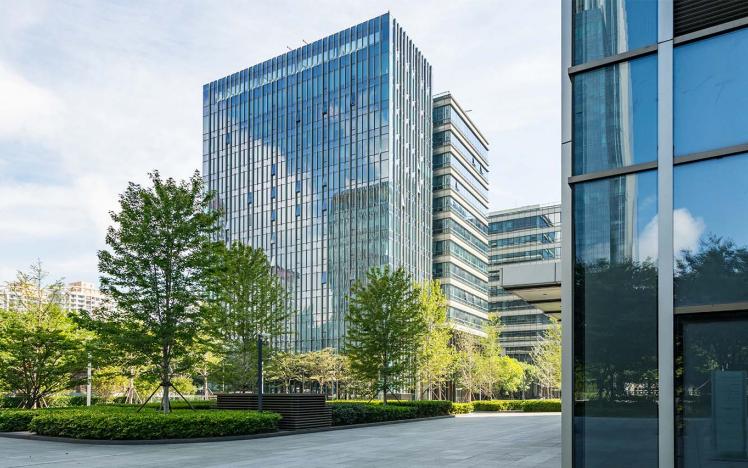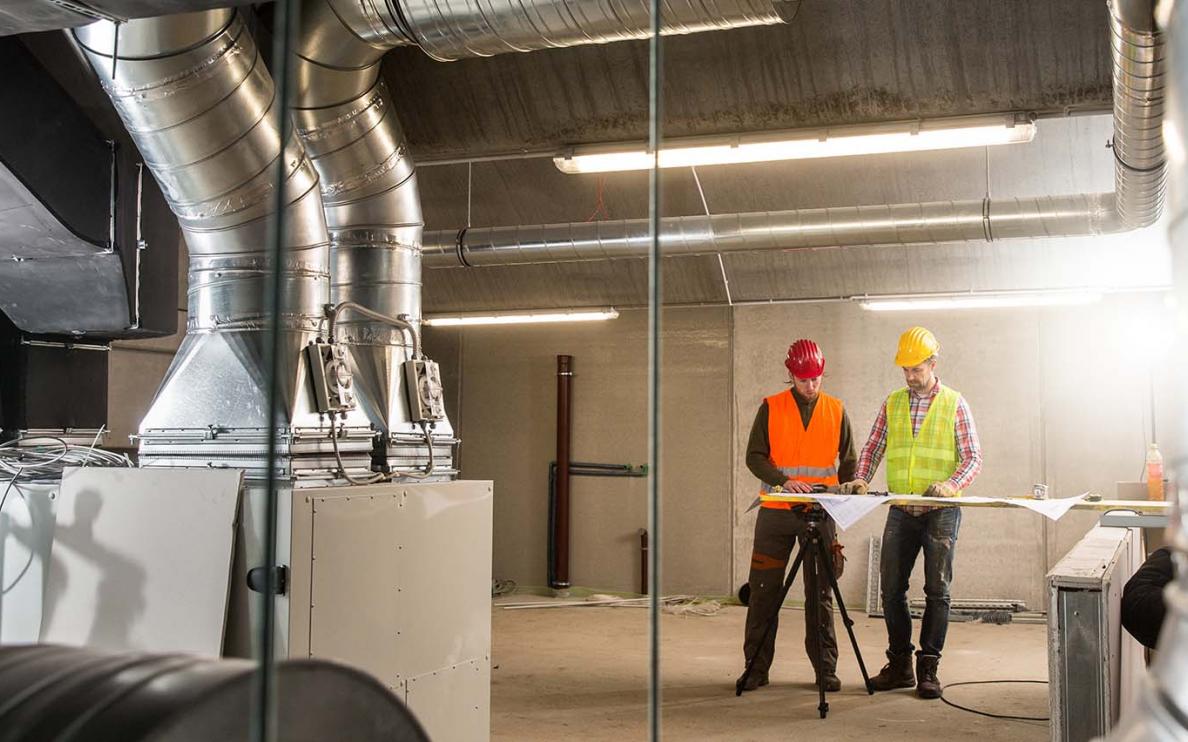Main
Filtration
Delivering healthy air and sizeable savings for your facility

The HVAC systems can account for up to 50% of the total energy expense in commercial buildings. Of that 50%, the filters affect 30% of the usage. And air filters are the principal consumable in HVAC systems, requiring frequent replacement. Thus, air filters are where operators can realize the greatest savings.
Get a gatekeeper that safeguards your investment and occupants
Since air filters do not rely on electricity to perform their function, you may wonder why they are the key components to controlling costs. It’s because they determine how hard the fan has to work to move the air through the system. The filter acts as the gatekeeper to the HVAC system. Improperly configured or dimensioned filters can, for instance, create resistance, requiring the fan to draw more electricity. Properly configured filters on the other hand, deliver fresh, healthy air and significant savings.
So now, you’re probably thinking, what exactly constitutes an ‘optimally configured filter?’ Fortunately, for the facility manager and owner, like with HVAC systems, electrical appliances and building appliances, air purification filters receive energy performance ratings. The Eurovent Association authored the recommendations in its Eurovent 4/21 publication, an easy guide to finding the most suitable air filter and the most energy-efficient filter, the latter based on ISO16890 category rating. The categories run from A+ to E. If you understand the energy and efficiency ratings and know how to apply them, as well as knowing the operational levels used by your building, you can easily determine the energy savings potential for your building.

If you look at the overall cost of purchasing and operating an air filter, a mere 15% goes toward the purchase and installation, and 70% of the outlay is for energy to operate the filter. As you can see, there is enormous potential for savings if you upgrade your system with a more energy-efficient air filter. The return on your investment far exceeds the expense of a new filter.
These articles might interest you as well:

filtration
Finding the most suitable solution
Before you start looking for a solution to improve your air quality, understanding the focus concerns is key. Once you understand this you can then start understanding the challenges.

filtration
Knowing what you might be breathing
When pollutants present in the living spaces mix with those from outside, the toxicity of indoor air can reach levels up to 50 times that of outdoor air.